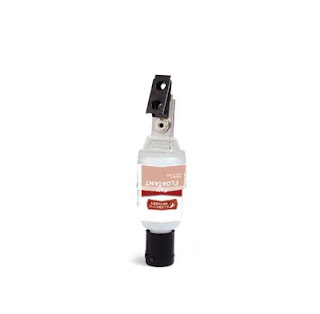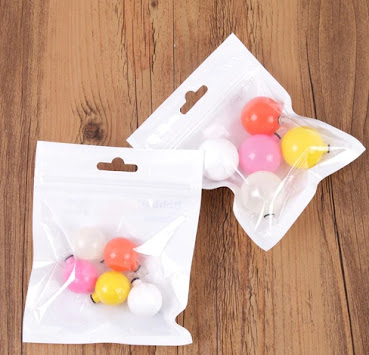Line Weight for Floating Line, Sink Tip Fly Line, and More

Fly lines are available in different weights. Weight is indicated in grains, where there are 14 grains in a gram. Sounds confusing? Don’t worry, American manufacturers have provided a scale that is easier to remember so you can easily determine the weight for different lines. The fly line weight scale runs from 1 to 14, with 1 being the lightest and 14 being the heaviest fly lines. Getting the wrong fly line weight can mean disaster in your casting. It’s important to know what you’re fishing for and get the right fly line weight for the job. Here is a quick guide: 1-3 – Best for small fish, and in rare instances, large trout in small streams 4 – Versatile enough for panfish and large trout, suitable for small to mid-size streams 5 – An all-around line weight for most trout fishing situations 6 – Another all-around weight for larger trout and bass 7 – Ideal for catching powerful, bigger fish like bass, as well as steelhead

